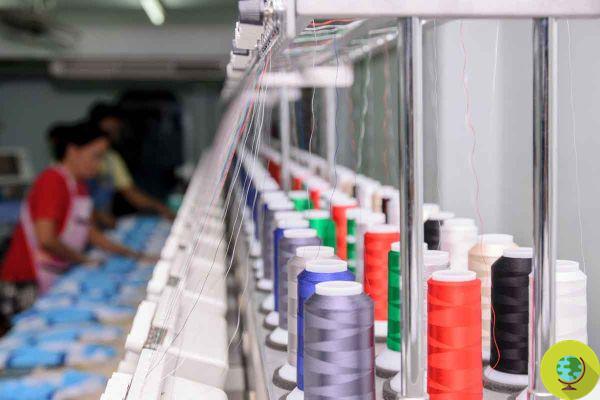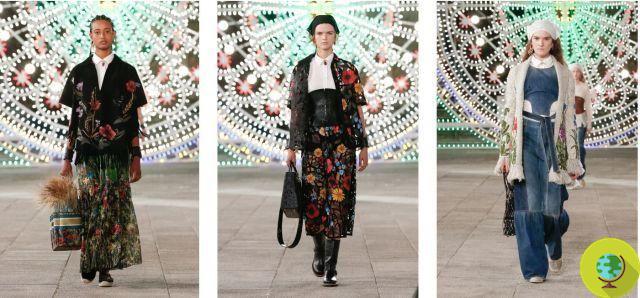The fur debate never goes out of style and is becoming more and more intense today. Is natural fur or synthetic fur more ecological?
Don't store avocado like this: it's dangerousDuring the cold periods when many ladies return to ask themselves whether or not to buy a luxurious fur, the controversy reappears whether this really represents an ethical choice or not. The fur debate never goes out of style and is becoming more and more intense today. It is more ecological there natural fur or synthetic fur?
And on this question there are absolutely opposite opinions. On the one hand there is the animal rights movement who argues that the only right choice is that fur that is not derived from animals while the "traditionalists" support the thesis that the ecological fur it can only be the natural one.
La natural fur has always been regarded as a symbol of luxury and wealth. It was once the necessary element for the robes of emperors and for the clothes of aristocratic families. The hair used for the production of furs derives from animals such as the fox, Lupo,bear, the rats, but often also from exotic animals such as monkeys or tigers. Today there are strict laws that control the hunting of protected animals, hence the use of exotic animals it is forbidden.
With the democratization of luxury, fur has become a product accessible to all, as production costs have decreased. For this reason, today the most massive fur production is located in China. Since it is very difficult to monitor the production processes in countries as far away as China, it often happens that the material written on the label does not actually correspond to the material used for the production of a dress. In the case of furs, there have been investigations which have shown that many furs sold in the West, such as fox or wolf furs, were actually furs from the fur of dogs and cats, whose sale is prohibited in America and Europe. .
Despite everything, some have been born in recent years organizations seeking to encourage the use and production of natural fur. An example of this is the organization "Fur Council of Canada" which through the project "Fur is green" (The fur is green) try to promote the Canadian fur industry. They argue that fur production is not only environmentally friendly, as no chemicals are used, but that it also helps Canada's economy by giving jobs to families who otherwise would not have a source of income.

THEalternative to natural fur is synthetic fur, which has existed since the 50s, but its production has increased with the growing commitment of organizations for the protection of animal rights. The most famous organization of its kind, PETA, often presents us with promotional videos and shocking images that make us realize how much cruelty is behind the production of a simple natural fur coat.
La fake fur is also an aesthetic alternative, as it allows you to feel "chic" but not too bourgeois. If once natural fur was reserved only for high-class ladies, today even young people can experiment with different looks with thecheap synthetic fur. Today also many well-known fashion companies are committed to using only synthetic fur, as an example Ralph Raulen e Calvin Klein.

Since the production of synthetic fur depends on chemicals and especially oil, the debate today is whether synthetic fur has the right to be called ecological or whether this right belongs only to natural fur. The scientific researches of the Ford Motors laboratory in 1979 compared the energy consumed for the production of natural fur and the synthetic one. According to this research, the production of a faux fur coat takes approx 120,300 BTU (British Thermal Units). Taking into account the costs of transportation, the food for farm animals, the production of a natural fur coat takes about 7,965,800 BTU, which is 66 times more than the energy required to produce a synthetic fur coat.
Taking these data into consideration, we come to the conclusion that scientifically ecological fur is synthetic.
So if it is true that today we all have the right to choose, then it is true that we also have a moral obligation to make responsible choices. Because making the ecological choice means making the ethical choice. Thus a simple garment like fur crosses fashion and takes on greater importance.
Nenad Ciric





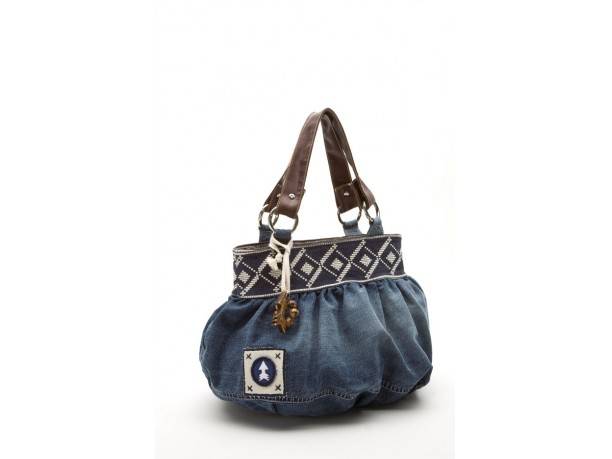




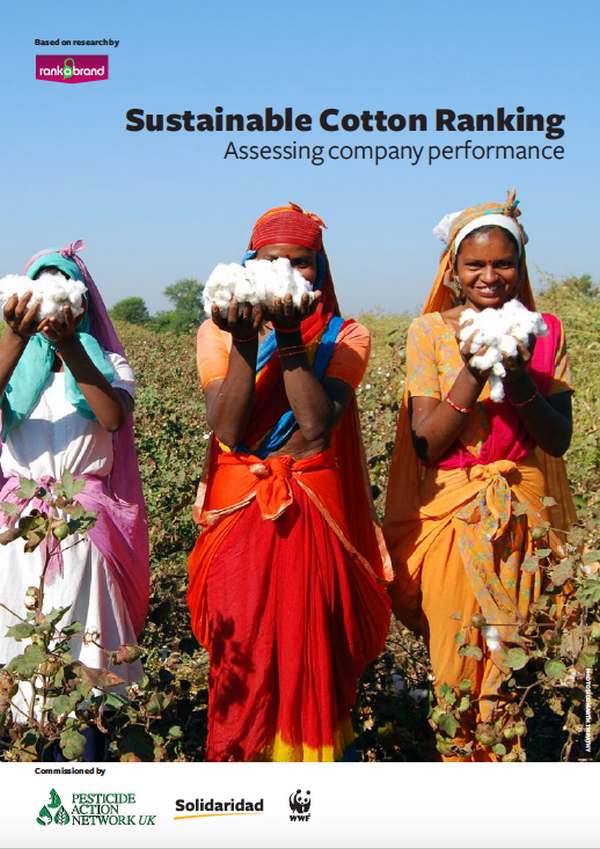

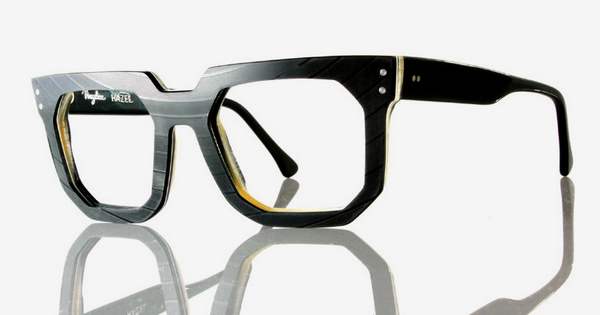


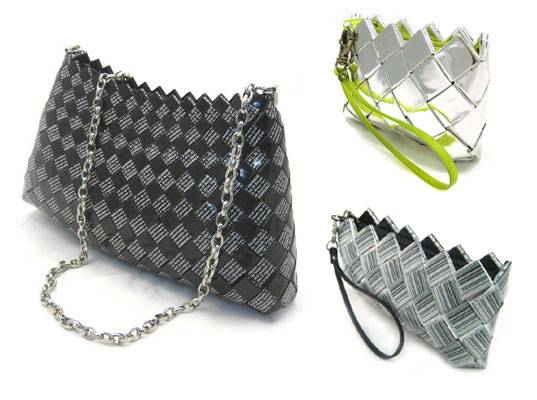


![Vivienne Westwood has a message for all the powerful ahead of COP26 [VIDEO]](/images/posts/221fa8f5dd2d21a4210e6b9071546b56-0.jpg)


